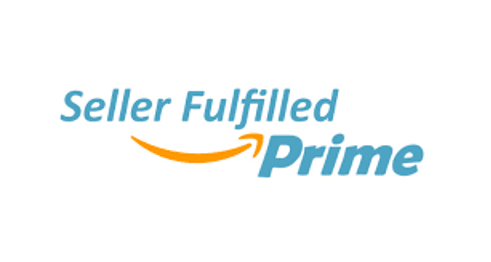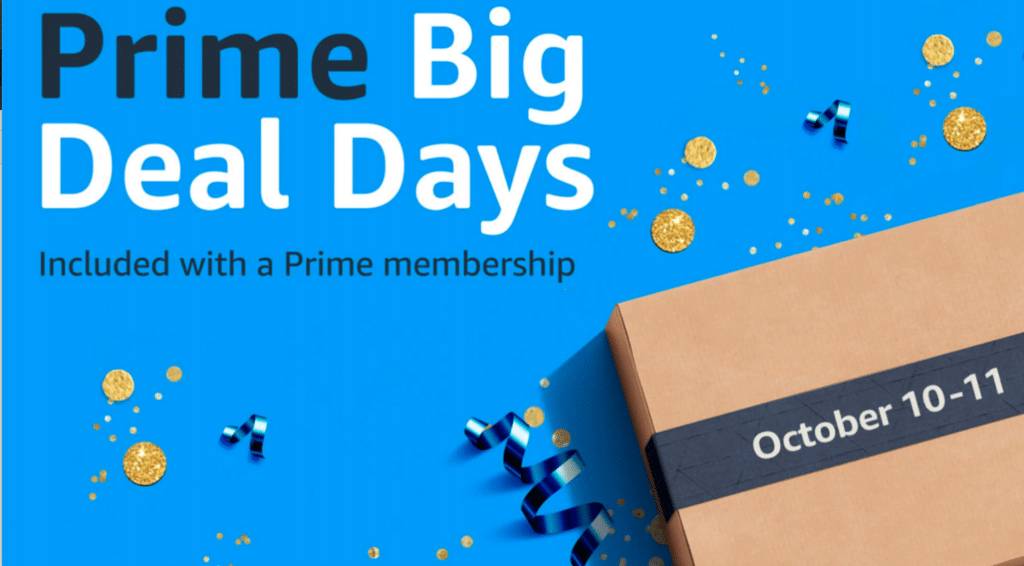
Amazon’s Seller Fulfilled Prime (SFP) program has been a game-changer for many businesses. With the relaunch of SFP, brands have a golden opportunity to leverage this program to their advantage.
Amazon will accept new applications for SFP starting on October 1, 2023. Brands can join a waitlist today via the link above if interested in starting a trial period when enrollment reopens.
Here’s a comprehensive guide on how brands can make the most of the SFP relaunch:
-
 Understanding Seller Fulfilled Prime (SFP):
Understanding Seller Fulfilled Prime (SFP):
- What is SFP? SFP allows qualified sellers to display the Prime badge on their products and deliver directly to Prime subscribers using their own shipping operation. Sellers must adhere to Amazon’s high-performance levels, including delivering orders within two days at no extra cost to the buyer.
- Benefits: Products with the Prime badge receive more attention and sales from the 150+ million Amazon Prime subscribers worldwide. SFP allows businesses to receive the Prime badge without using Fulfillment by Amazon (FBA), which can be expensive for certain items.
- Who Should Consider SFP?
- Brands: Those with multiple product lines can benefit the most. The Prime badge can help your products outperform competitors and win the Buy Box, leading to increased sales.
- Multichannel Sellers: Brands selling on multiple platforms can leverage SFP to maintain their same shipping processes while enjoying the a sales bump from the displayed the Prime badge on their listings.
- Why Amazon Introduced SFP:
Amazon’s primary goals are to provide vast product choices, ensure quick and reliable delivery, and offer free shipping. With the increasing demand and limited capacity in Amazon’s fulfillment centers (especially during Q4), SFP was introduced to maintain high shipping standards without overburdening Amazon’s infrastructure.
- Impact of SFP:
- For Buyers: More product choices with the assurance of Prime benefits.
- For Sellers: While the process is similar to regular shipping, Amazon mandates the use of its shipping services, ensuring 99% on-time delivery and adherence to Amazon’s return policy.
- SFP vs. FBA:
- Shipping: The main difference is who handles shipping. In SFP, sellers are responsible for the entire fulfillment process (pick, pack, ship) as well as any costs associated with delivery problems whereas, in FBA, Amazon takes care of all of this.
- Costs: SFP sellers absorb shipping costs, while FBA sellers pay fees to Amazon. The choice between SFP and FBA should be based on product type, available fulfillment resources, sales velocity, and cost considerations.
- Requirements for SFP:
To qualify for SFP, sellers must:
- Offer Premium Shipping options.
- Maintain an On-Time Shipment Rate of 99%.
- Have a Seller Order Cancellation Rate of less than 0.5%.
- Use Amazon Buy Shipping services for at least 99% of orders.
- Adhere to the Amazon Returns Policy and allow Amazon to handle customer service inquiries.
- Meet established goals for 1-day and 2-day deliveries
- Use shipping methods that support weekend delivery and pick up
- For standard-size products, ensure nationwide coverage
- SFP or FBA?
The decision depends on several factors:
- Warehouse and Shipping Operation: Brands with established operations might find SFP more suitable. Perhaps have SFP ready to go for backup to FBA if/when FBA SKUs go OOS.
- Product Lineup: Slower-moving products might be more expensive in FBA due to storage costs.
- Tax Laws: FBA might lead to sales tax liabilities in multiple states.
- Cost Considerations: Brands need to weigh the costs of FBA fees against SFP shipping costs.
- Other Marketplaces: Brands selling on multiple platforms might find SFP more manageable.
- Final Thoughts:
While SFP offers numerous benefits, it’s essential for brands to evaluate whether the program aligns with their business model and operational capabilities. The Prime badge can significantly boost sales, but brands must ensure they can meet Amazon’s stringent requirements. If a brand is new to Amazon or doesn’t have a robust shipping operation, diving into SFP is probably premature. However, for established brands, SFP can offer increased sales, simpler inventory management, and reduced customer service hassles.
Note:
Before enrolling in Seller Fulfilled Prime, you must complete a trial period to show that you are able to meet the requirements for Prime fulfillment excellence and customer satisfaction. The Prime badge will not be displayed on items enrolled in Seller Fulfilled Prime during the trial period, however you must process the orders with a zero-day handling time. Once you successfully complete the trial period, you will automatically be enrolled in Seller Fulfilled Prime and your enrolled ASINs will be eligible to display the Prime badge to customers.
The post Elevate Your Brand with Amazon’s SFP Relaunch: A Quick Guide first appeared on Toucan Advisors.





